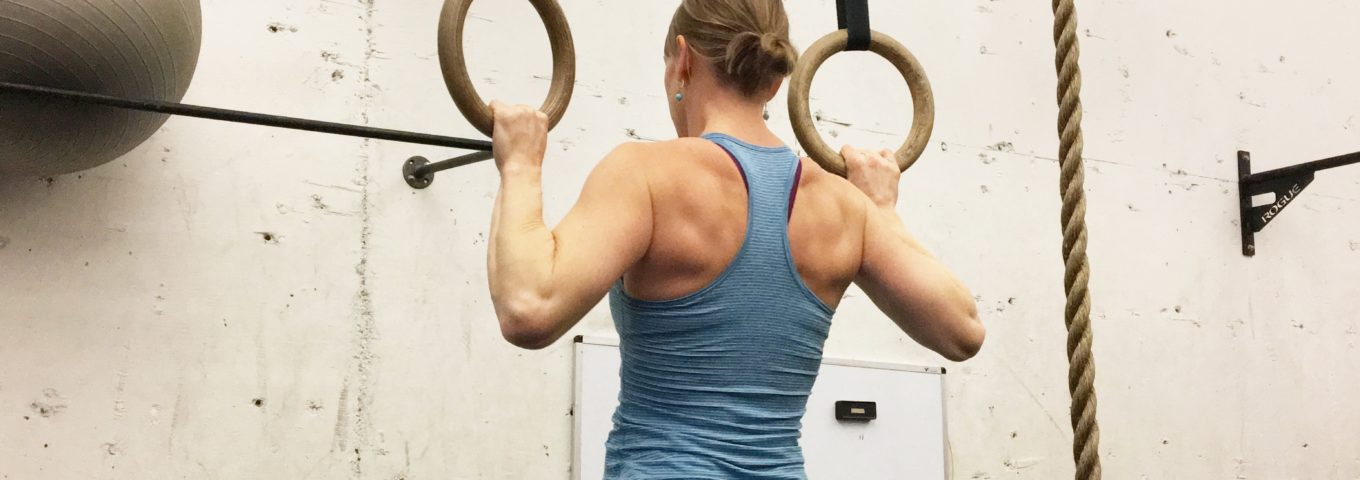Multi-joint versus conventional isolation training
Weight training that focuses on how the body moves rather than what the individual muscle is doing is a far more effective way to burn fat, create lean muscle tissue, and help prevent injuries in the long run.
Compound exercises involve using more than just one joint to create movement. Examples of compound movements are: squats, pushups, lunges, crawling patterns, etc. Simple and single joint exercises are those that revolve around using just one joint; examples of these would be: biceps curls, chest flyes, or leg extensions.
Single joint exercises just create tension around the joint being exercised. They are not designed to be functional for sporting endeavors. A squat, however, uses the feet, ankles, knees, hips, parts of the upper back and shoulders. They are not designed to be functional for sporting endeavors. Each joint has a role in creating movement and because more muscles are on the job, more calories will be burned. As such, squatting is a fundamental movement pattern, which we were all designed to do. If you work on your squat, all the joints we mentioned get stronger!
The potential of risk of injury drops substantially as well because in life we never use our body with one joint. Consider the following examples: shovelling, skating, golfing, tennis, skiing, dragon boat racing, etc. ALL use more than one joint to create movement. Can you see how a triceps extension or a lateral raise does not carry over to the golf swing or a swimming stroke?
There may be a learning curve to doing these exercises properly, which is why it is important to get coached appropriately!





Leave a Comments